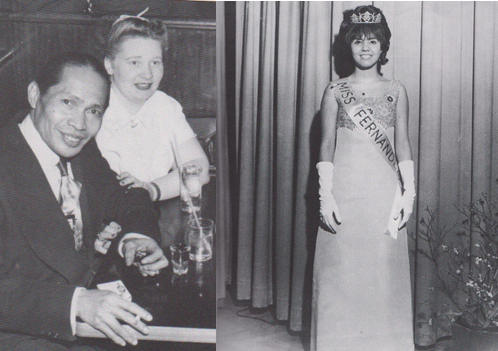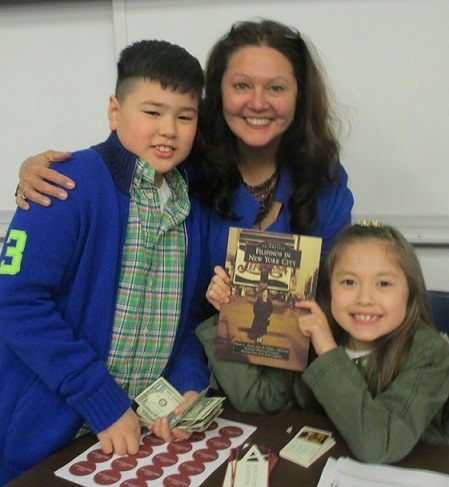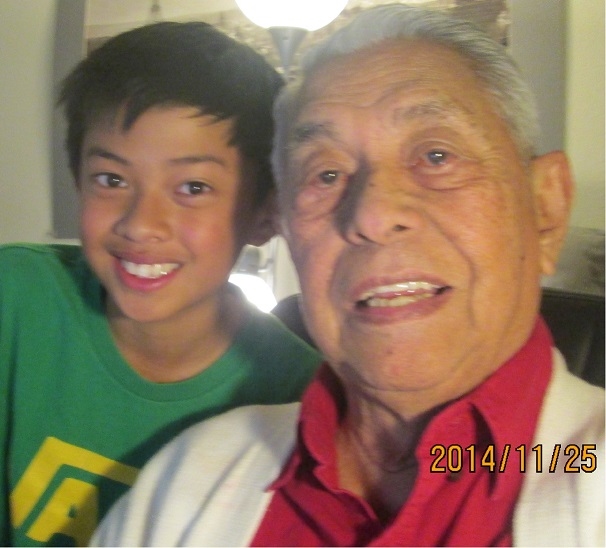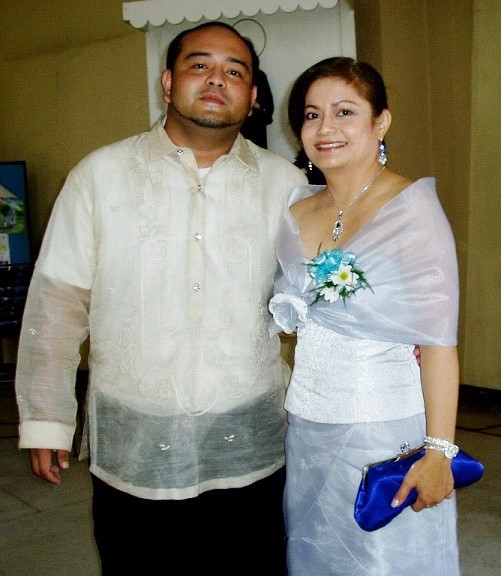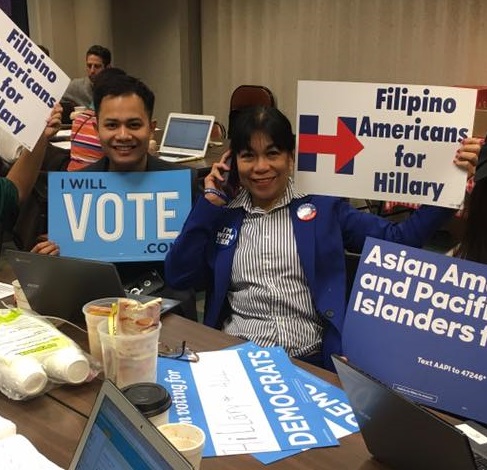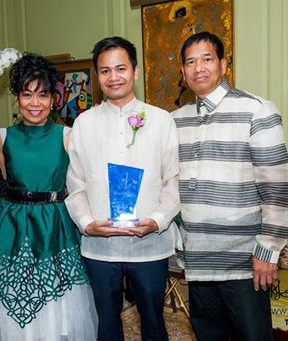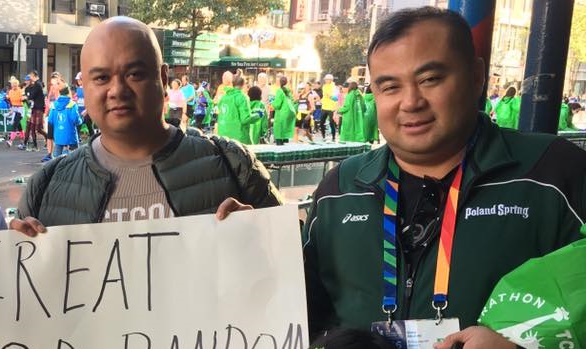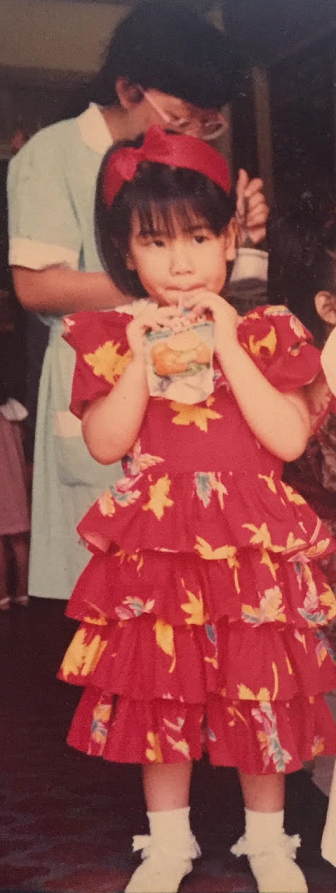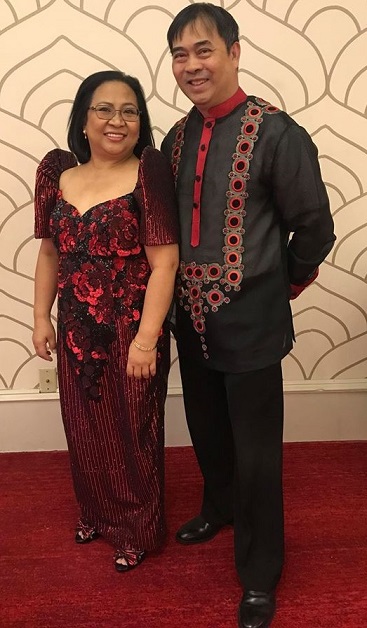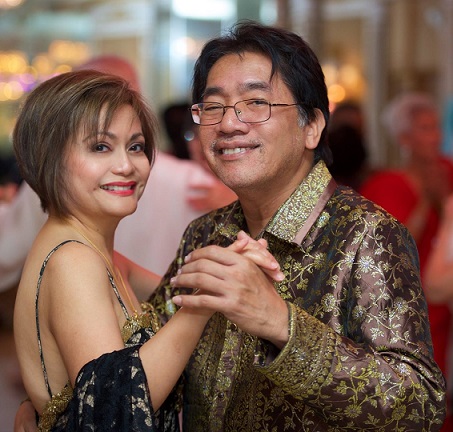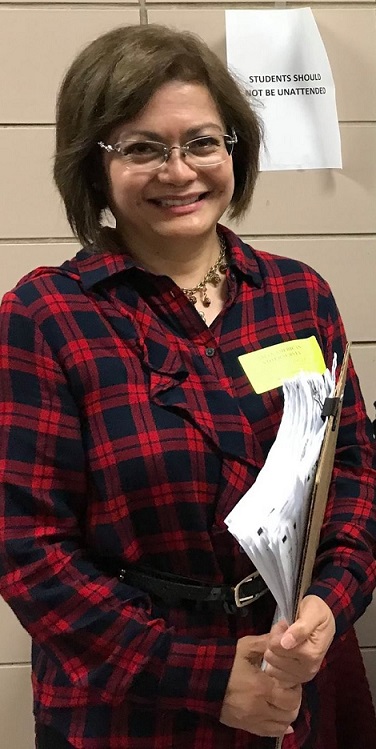September 2014 would be the beginning of an uphill battle for Richard and Cheely Ann Sy of Bergenfield, New Jersey.
On September 3, their youngest and only son, 3-year-old Richard Aiden or RJ, was diagnosed with Stage 4 High Risk Neuroblastoma, a type of cancer that usually afflicts children. Since that time, RJ has undergone five chemotherapy treatments and one surgery that opened up his little body from belly to spine. The doctor said the tumor was the size of a bagel.
“Today, he got out of bed and wanted to play,” Cheely Ann reported when interviewed by The FilAm.
No day is the ever the same. “It’s been weird,” she said, realizing in the last five months that when “someone in the family has cancer, everyone in the family has cancer.”
She’s not complaining. Just being matter-of-fact. Cheely Ann, formerly a research manager for a headhunting firm in Manhattan, has the disposition of a bull. She just keeps charging and going where RJ needs to get the best quality of life for his condition while holding her family together. “I’m lucky to have a strong family.”
Daughters Cassey, 12, and Abbey, 9, are holding up well. They are doing great in school despite their baby brother’s struggle with cancer. Cheely Ann said the girls’ school in Tenafly, Our Lady of Mount Carmel, has been very supportive. About 20 mothers take turns offering to help with the cooking, and taking the girls to school and back, and other chores. Richard, her husband, has mostly kept his emotions to himself and has been a steady parent throughout.
Like most cancers, not much is known about RJ’s Neuroblastoma. There is no history in both her and Richard’s family, but their doctors say this strain is common among children 5 years or younger.
Whenever RJ asks why she allows the nurses to “hurt” him, Cheely Ann cannot help but bite her lip. “I tell him that there is this bad thing in his body that they’re trying to remove,” she said. No mention of the C word around RJ.
“It broke my heart when he asked. There is no easy answer. I try not to break down. I never cry around him,” said Cheely Ann.
But when the treatment becomes more than she can handle, she retires to the bathroom and just lets go. “I threw up one time when I saw blood.”
A classmate of one of her daughters said the family should check out the Ronald MacDonald House in Manhattan’s Upper East Side. Cheely Ann at first saw no need to use the facility because the family can always go home to Jersey days after RJ’s chemo.
But the family relented when they saw the RM House is close to the Sloan Kettering Hospital where RJ gets his treatment. Cheely Ann was in awe of the hotel-like facilities with modern amenities including a posh lobby and a computer room. RJ has a room every time he is up for chemotherapy. The family gets to stay with him, as they did on Christmas Day, when they all surrounded him with toys and cheers six days before his latest chemo treatment on December 31.
The FilAm community is pulling together for RJ. Cheely Ann’s friends, such as businesswoman Jessy Daing Musbeh and singer Angel Ram, are organizing a musical concert on January 9 to raise funds for RJ’s hospital bills. Marisse Panlilio of MPE Entertainment has offered to sell ‘RJ’s Battle, Our Battle’ T-shirts with part of the proceeds going to the Sys.
“Everyone has been so supportive, even people I have not met,” said Cheely Ann.
Through it all, it’s her family and the love they have for each other that sustains them. Said Cheely Ann, “The prayers and the words of comfort are there, and that’s nice, but at the end of the day, people are not walking in my shoes.”
























